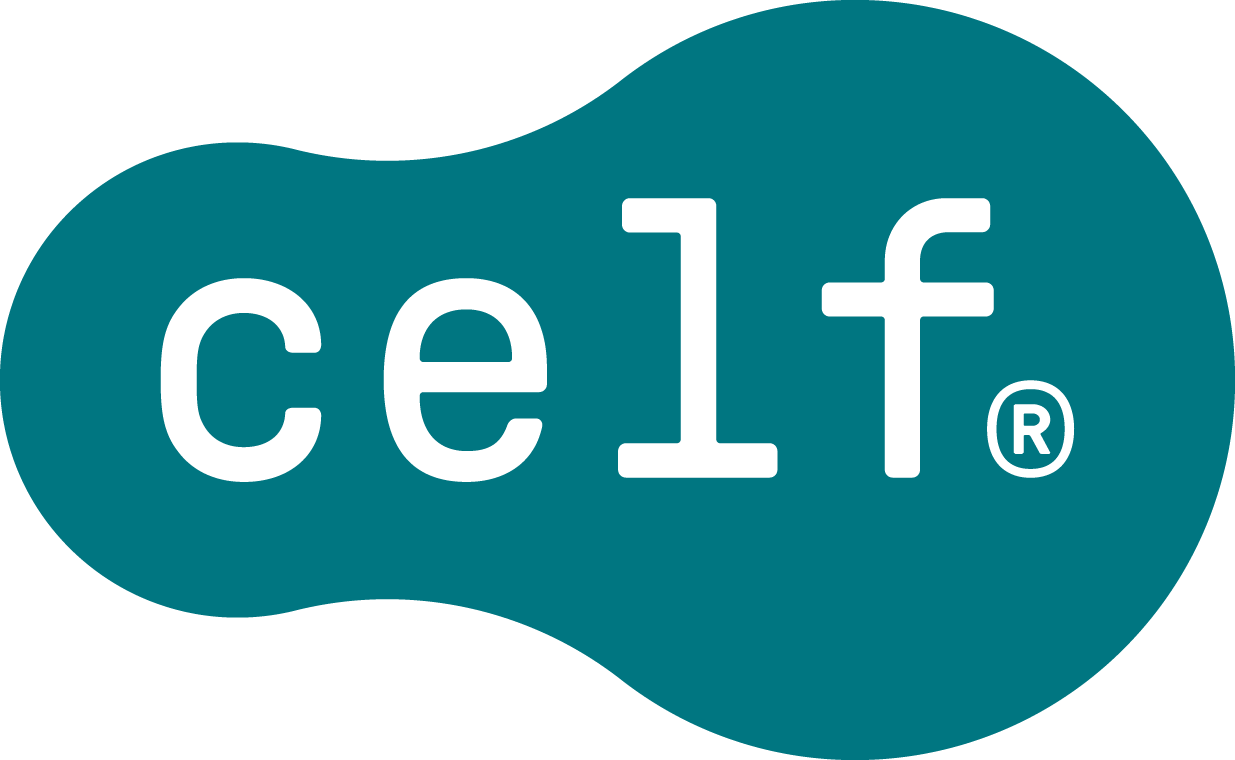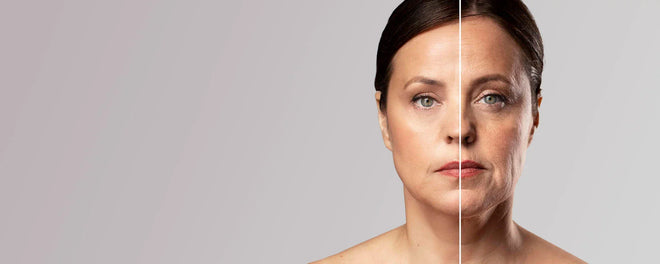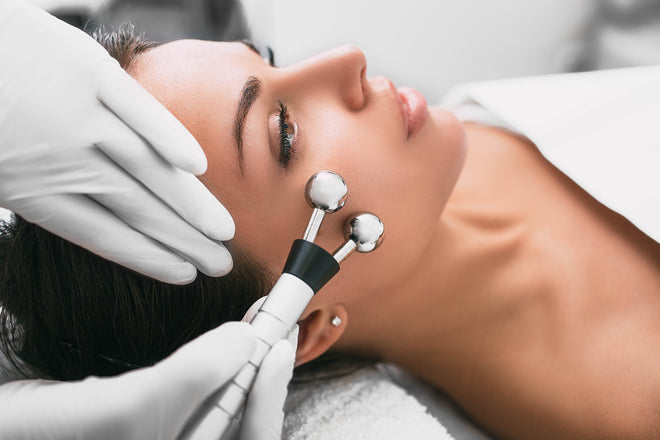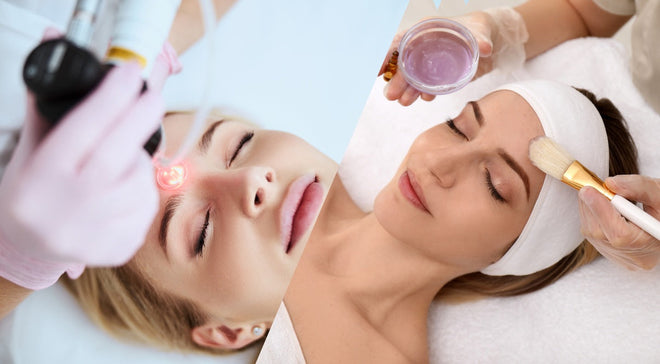Should You Refrigerate Your Face Tools?
Table of Contents
The science behind the chill!
Wondering if storing your skincare tools in the fridge boosts effectiveness? Discover the science behind refrigerating face tools, when it helps, when it doesn't—and how CELF Microvibration Therapy takes beauty technology to the next level.
Introduction
Does cold lead to glow? From beauty fridges on Instagram to icy jade rollers trending on TikTok, an exciting whirl of chilling skincare tools has emerged as one of the hottest (or rather, coolest) beauty rituals. The concept really is simple: chill your tools, and enjoy a more pleasant, de-puffing, spa-like experience in the comfort of your own home.
So with that said, does chilling your face tool truly make it behave better? Or is this just another skincare trend that feels good but delivers limited results?
In this article, we’ll break down the science behind cold therapy in skincare, explain when refrigeration is helpful (and when it’s not), and compare chilled tools with CELF Microvibration Therapy—a next-generation skincare approach supported by early research and designed to complement daily routines.
→ Discover CELF’s Advanced Skincare Tool
Why People Refrigerate Face Tools
More than just Instagram-worthy, beauty fridges have certainly made their way into the homes of every skincare aficionado. Here are the rather unimaginative, almost buzz-killingly repetitive reasons people give for chilling their tools and products:
-
Help reduce the appearance of puffiness and temporarily soothe skin: Cold constricts blood vessels (vasoconstriction), which can reduce swelling, albeit temporarily, especially around the eyes.
-
Make pores look tighter: It doesn't permanently shrink pores. However, a sudden chill can reduce their visibility, at least on a superficial level.
-
Set the relaxation mood: The cold touch simulates an home spa, making your pampering feel more luxurious.
Dermatologists generally acknowledge that cold therapy can be soothing in certain situations. According to the American Academy of Dermatology (AAD), cooling can soothe irritation and refresh the skin after procedures, waxing, or inflammation.
Does Cold Help Improve Your Skin Tool's Performance?
A Temporary Effect Versus One With Lasting Impacts
Cold temperatures can cause temporary constriction of surface blood vessels, which may reduce the look of puffiness. This can temporarily minimise swelling, helping skin look firmer for a short period.
Clinical studies, some referenced by the National Institutes of Health (NIH), confirm that it reduces inflammation, but they do not have much evidence to suggest that it increases collagen production, improves hydration retention, or increases cell turnover in the long term.
Common Chilled Tools
-
Jade rollers & gua sha stones – Popular for facial massage and lymphatic drainage.
-
Ice globes – Spherical tools designed for extreme cooling effects.
-
Eye creams & serums – The cold sensation can help depuff tired eyes.
The Limitations
While cooling can feel pleasant, it cannot:
-
Stimulate collagen production.
-
Repair skin barrier function.
-
Improve deep hydration without complementary treatments.
Overuse—especially with tools that are too cold—can irritate sensitive skin or even cause broken capillaries.
→ Want real skin transformation? See how CELF revitalises collagen naturally.
Which Face Tools Should & Shouldn’t Be Refrigerated?
Tools That Benefit from Refrigeration
-
Jade rollers & gua sha stones: Great for depuffing and refreshing skin in the morning.
-
Ice globes: Especially helpful for post-inflammatory flare-ups or after treatments like waxing or extractions.
Tools You Shouldn’t Chill (and Why)
-
Electronic or vibration-based devices (including CELF): Refrigeration can damage electronics, affect battery performance, and compromise internal mechanisms.
-
Microvibration therapy tools: These rely on mechanical stimulation rather than cold to activate fibroblast cells and boost collagen.
-
Porous materials (e.g., wooden handles): These can absorb moisture and develop bacteria in a fridge environment.
-
As the Cleveland Clinic notes, cold therapy provides surface benefits—but mechanical stimulation offers deeper, more sustainable results.
→ Store smarter. CELF doesn’t need refrigeration—its innovation goes deeper than cold.
CELF Microvibration Therapy vs. Cold Tools
|
Feature |
Refrigerated Jade Roller |
CELF Microvibration Therapy |
|
Cold effect |
Immediate puffiness reduction |
Not needed |
|
Collagen stimulation |
❌ |
✅ May help to stimulate fibroblast activity, which plays a role in collagen production, based on preliminary studies. |
|
Hydration |
Superficial |
✨ Enhances hyaluronic acid absorption |
|
Circulation |
Minimal |
⚡ Microvibrations increase blood flow |
|
Exfoliation |
None |
✔️ Gentle exfoliation helps remove surface dead skin cells for a smoother feel. |
|
Long-term impact |
Temporary results |
✅ Smoother, firmer skin over time |
Why CELF Works on a Deeper Level
CELF harnesses low-frequency vibrations from the leading Oral-B iO electric toothbrush platform to stimulate fibroblast cells—the skin’s natural collagen factories. This not only improves firmness but also:
-
Enhances serum penetration (ideal for hyaluronic acid and vitamin C)
-
Helps reveal fresher-looking skin for a brighter, more even appearance.
-
Provides a massaging effect that may help promote a refreshed appearance, giving skin a natural radiance
→ Get beyond the chill. Explore CELF Microvibration Therapy’s full benefits now.
Dermatologist Insights on Chilling Face Tools
Dermatologists tend to agree: refrigeration can be a useful supplement to your skincare routine, but it’s no substitute for scientifically proven treatments.
-
‘Having healthy skin isn't just about going to the dermatologist or aesthetician a few times a year. It's about taking care of your skin daily—after all, you don't do things like taking a multivitamin or exercising just once a year, and skin care is the same.’
— Dr Todd Schlesinger, MD, FAAD, FASMS Board—Certified Dermatologist. -
'I've been working with the CELF team for almost a year now, and I've seen a significant improvement in my skin and a reduction in the amount of Botox I need. I shouldn't admit that!'
— Dr Stevie Potter, Dentist & Medical Aesthetic Practitioner
In other words, cold feels nice, but it’s not the engine that drives real change in your skin.
Final Verdict: Should You Refrigerate Your Face Tools?
If you enjoy the cooling sensation and find it pleasurable, refrigerate your non-electronic tools. They depuff skin wonderfully in the mornings or after late nights.
However, refrigeration is not essential for a tool to be effective, and harm can be done to electronic or vibration-based tools like CELF if chilled. Treatments lasting beyond "glassy-eyed" chills have to work at the cellular level.
→ Move beyond short-term cooling trends. Say hello to CELF.
How to Maximise Results: A Smart Skincare Routine
Example Routine
-
Morning: Use a chilled jade roller or gua sha for puffiness.
-
Evening: Double cleanse, apply serum, then use CELF Microvibration Therapy to boost absorption and stimulate collagen.
Pairing CELF with Actives
CELF pairs beautifully with:
-
Hyaluronic acid: For deep hydration.
-
Vitamin C: For brightening and antioxidant protection.
-
Niacinamide: For barrier support and tone evening.
→ Create your elevated skincare routine with CELF.
FAQ
Q: Do refrigerated tools tighten skin?
A: Only temporarily—lasting firmness requires collagen stimulation, which cold alone cannot provide.
Q: Can I store my CELF tool in the fridge?
A: No. CELF is an electronic vibration-based device and should be stored at room temperature.
Q: How often should I use CELF with serums?
A: Once daily is ideal, but it can be used up to twice a day with hydrating, non-irritating serums.
Q: What’s the best serum for use with CELF?
A: Hyaluronic acid is a great all-rounder, but vitamin C and niacinamide are also excellent choices.
→ Discover the best way to upgrade your skincare—with CELF.
Conclusion
An empowered skincare regimen is about being armed with information, not just gliding along with the trends. Refrigerated tools can be icing on the cake, while longer-lasting results are more likely when addressing underlying skin needs—not just the skin on the face.
With CELF Microvibration Therapy, you’re investing in a treatment that’s grounded in science, proven to stimulate collagen, and designed to deliver lasting results—no fridge required.
→ Ready to upgrade from chilled tools to full-powered transformation? Shop CELF now.




